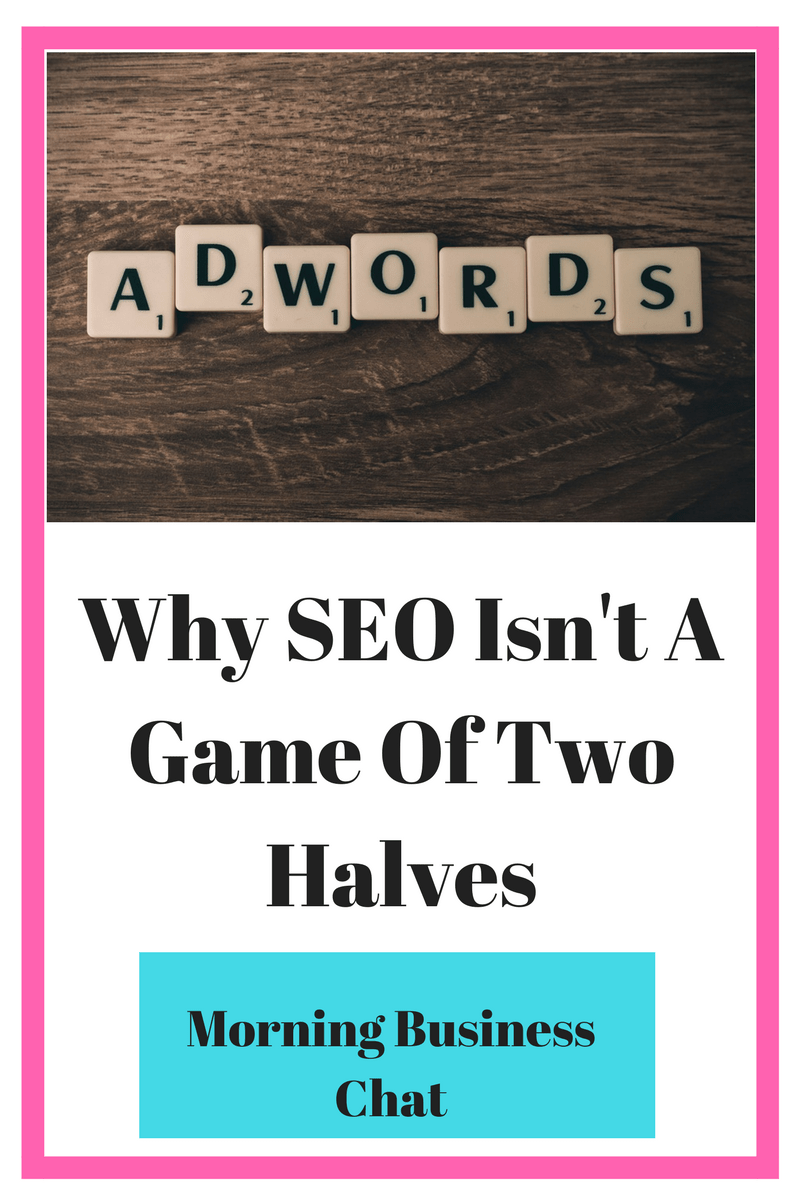There’s a strange false dichotomy in the world of Search Engine Optimization. We tend to look at it in unfairly binary terms, in a way which is misleading to nascent entrepreneurs. Let’s face it, all businesses want to boost their business success via their online visibility by boosting their search engine rankings and thus drawing more users to their online presence, increasing their conversion rates and translating online visibility into renewed customer interest and an increase in sales. Tragically, though, aspiring entrepreneurs often assume that there are only two approaches to SEO; paid and organic. While these are, of course, valid approaches neither is inherently better than the other. Here we’ll look at the benefits of both as well as explaining why a comprehensive SEO strategy should utilize both.
What Influences SEO?
Before we get into the relative merits of paid and organic SEO, it may be beneficial to look into the factors that influence it. This will hopefully provide some context for why neither approach on its own can boost your SEO meaningfully or in the long term. According to industry studies the most important factors that influence SEO are:
- Content- There’s really no substitute for regular, information dense, accessible and engaging content.
- Backlinks- As search engines become more sophisticated they learn to weed out the good links from the bad. Thus, backlinks must not only be profuse but well maintained. Dead links are a big SEO no-no.
- Mobile optimization- User experience or UX is increasingly important in SEO. Content that is poorly optimized for mobile runs afoul of search engines. As of 2016 Google prioritised “mobile first” content.
Organic SEO
Conventional wisdom dictates that organic SEO is best. It’s not hard to see the benefits. Organically driven content succeeds entirely on its own merits and has more “value” to search engines than paid SEO and is therefore more sustainable in the long term. For instance, if you are a software company, writing engaging posts on popular search topics like hiring remote software developers and salaries for developers is a good SaaS SEO strategy (top-of-the-funnel SEO) to adopt. Ensuring your website is aesthetically pleasing and easy to use is also an excellent organic SEO strategy to adopt. You can also ensure that your site’s pages link to one another, so search bots can easily crawl and index your website for better rankings. Furthermore, adding visual elements like videos, images, and infographics to your website’s pages to engage visitors and encourage them to spend more time on your site is another brilliant organic SEO strategy you can use. However, organic SEO is like a marathon and if you’re only just getting off the starting block, it can be nigh on impossible to catch up to those who’ve given themselves a paid head start. Thus, while organic may be the way to go in the long term, it rarely makes for an effective first step.
Paid SEO
When starting out, many businesses invest heavily in paid SEO to ensure that they gain a market share, investing in Pay Per Click social media campaign or outsourcing to an Adwords agency. While paid is the way to go to give yourself a head start off the block, it needs to be carefully managed, lest it become a money pit. Paid tends to work well in giving engagement stats a boost or carrying out market research to gauge interest in a business or product.
The best of both
As you can hopefully see, a truly potent SEO campaign merits, nay, needs both paid and organic SEO strategies to prove effective. PPC and Adwords campaigns are great for increasing your reach, but rarely results in the same quality of engagement as organic SEO.




